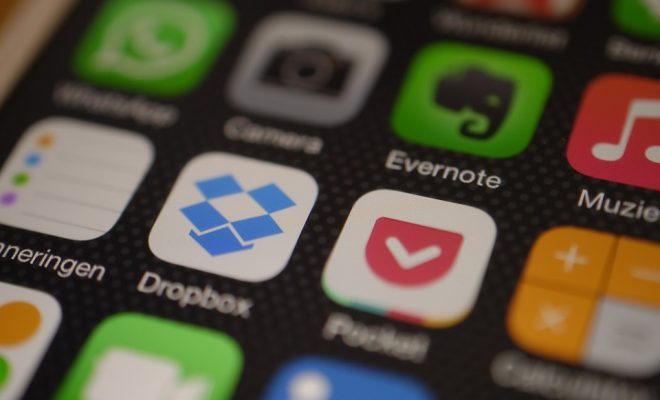Why Does Google Get Such High Customer Satisfaction Scores from K-12 Users?

For decades, Apple was the go-to source for educational technology. But in recent years, Google has largely dethroned Apple as the platform of choice. Why? There are five main reasons:
The first is cost. Apple is known for sleek, gorgeous products and platforms—and price tags that reflect their quality. On the other hand, Google offers similar quality, but most of their products are free. That’s a very significant factor in the education sector. Many stakeholders have become jaded by the need to re-purchase products every few years as technology advances, but this is simply not an issue with Google products. Further, the lack of price tag removes a significant barrier to entry that makes experimentation much easier.
Second, Google products can be used on a wide variety of devices. There are no compatibility issues, even when students use their own devices or those at home or at a library. If schools choose to buy laptops, they can select inexpensive Chromebooks—or any other laptop for that matter. Many schools appreciate the fact that they are not tied down to the Apple ecosystem for any of their purchases. Instead, students can use whatever devices they already have if the school has a bring-your-own-device policy.
Third, Google Classroom is an easy-to-use platform that allows a teacher to bring together all of their edtech in one place. This is a powerful tool that makes it easy for teachers to organize their materials. And it is an especially important factor in wooing teachers who are perhaps a bit exhausted by the variety of edtech resources out there—the ability to keep everything neatly organized under one umbrella site is a compelling selling point.
Fourth, a little-known secret in the arsenal of the most tech-saavy educators is the ability to add functionality to Google Docs and Slides using add-ons. These are not extensions for Chrome—although they are often confused with them. Rather, they are small apps that are added directly in to Docs or Slides that make it easier to, for example, give students feedback on assignments or assess students during a Slide presentation.
Fifth, Google has recently challenged Apple in the one arena where Apple was undisputedly enjoying an advantage with the release of a tablet for schools. Even many Google campuses still had iPads for kindergarten through second grade because of their ease of use and durability, but now Google is ready to offer a competing product.





